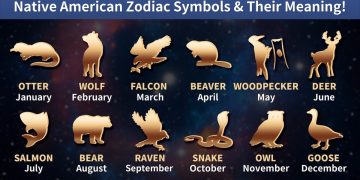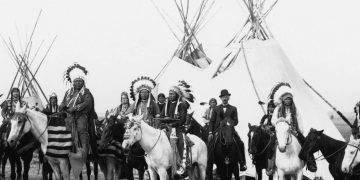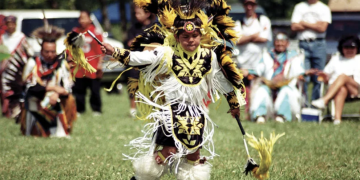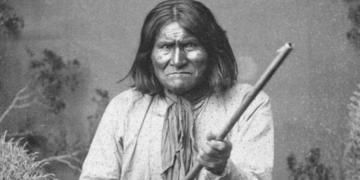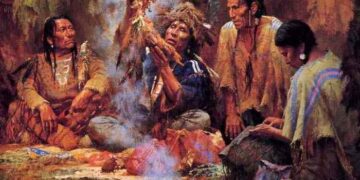For those who are passionate about history, geology, and the thrill of a good treasure hunt, searching for arrowheads can be an incredibly rewarding pastime. While many collectors focus on creeks, fields, or riverbanks, the woods also hold the potential for fascinating discoveries. In this article, we’ll explore how you can strategically look for arrowheads in forested areas—without losing any of the essential knowledge the experts have shared over the years.
Understand the People Who Left the Arrowheads Behind
Before you venture out, remember that every arrowhead you find is part of a much larger human story. Ancient people lived, hunted, and traveled in specific ways that influenced where their tools and weapons ended up. Spending time researching historical settlements and migration paths can drastically increase your odds of success. Consider:
- Lifestyle and Habits
- Ancient groups relied heavily on consistent sources of water and food.
- They often camped near rivers or springs but stayed high enough to avoid flooding.
- Shifts in Landscape
- The environment was not the same thousands of years ago.
- Areas that are now dry could have been marshy or even submerged in water centuries back, and vice versa.

Seek Out Evidence of Camps
When you head into forested terrain, keep your eyes open for hints of where Native American camps might have been situated:
- Proximity to Water
- Most camps were near a reliable water source.
- Streams, rivers, or springs were vital for both drinking water and food preparation.
- Slightly Elevated Spots
- Look for knolls, bluffs, or ridges above a floodplain.
- These higher areas would have been safer during heavy rains or flooding.
- Natural Shelters
- Rock overhangs, bluffs, or any kind of land formation that offers shelter can be an indicator of a former campsite.
Why Start With Creeks and Rivers?
Although this article focuses on hunting arrowheads in the woods, one of the best tactics is to find a river or creek meandering through the forest. This is because:
- Historical Permanence: Many waterways have existed for thousands of years, even if they have shifted slightly over time.
- Survival Necessities: Ancient peoples needed constant access to water.
- Artifact Movement: Arrowheads and other stone artifacts are often carried or revealed by flowing water, turning gravel bars into prime searching spots.
Optimal Times to Search Waterways
If you plan to explore a creek or river in the woods:
- Low Water Levels
- Summer or dry seasons expose more of the streambed and gravel bars.
- Check the creek’s banks and edges where erosion may have revealed hidden artifacts.
- Focus on Gravel Bars
- Arrowheads, being stone, gather among rocks of similar size.
- Look along transitions between fine sand, small gravel, and larger rocks.
- Pay particular attention to areas where water flow may have trapped or pinned objects.
- Where Waterways Converge
- The junction of two or more creeks or rivers is a historical hotspot.
- Larger confluences often hosted extended settlements and camps, meaning more potential for lost tools and arrowheads.
- Smaller stream junctions frequently attract wildlife even today, and ancient hunters would have used these as strategic hunting grounds.
Researching Ancient Creek Paths
Modern technology can help you uncover the past:
- Use Topographical Maps
- Platforms like Google Maps let you spot subtle shifts in elevation, old riverbeds, and other geological features.
- With a little detective work, you can locate where waterways might have merged or shifted in ancient times.
What to Do Once You Start Finding Arrowheads
- Identification: Determining the type or age of an arrowhead can be half the fun. Use reference guides, online resources, or expert consultations to learn about your finds.
- Display and Preservation: Once your collection grows, you may want to showcase it. Look into display cases designed specifically for arrowheads to keep them organized and protected.
- Continual Learning: The more you discover about the local history, geology, and the people who lived there, the more successful and meaningful your hunts will become.
If You’re Still Having Trouble
Finding arrowheads can be challenging, especially in thickly wooded areas. If you’ve tried various techniques without success:
- Consider Expanding Your Knowledge
- Books, online resources, and advice from seasoned collectors can all improve your odds.
- Exploring Authentic Arrowheads for Purchase
- If you’d still like to own authentic artifacts, some reputable online retailers and local shops sell verified arrowheads.
Final Thoughts
Hunting for arrowheads in the woods requires a combination of historical insight, patience, and good old-fashioned detective work. Each find connects you to the people who once lived off the land, shaping its history with every arrow shot and every campsite constructed. With the right preparation and a solid understanding of ancient life, you’ll be well on your way to uncovering these hidden pieces of the past.
Happy hunting—and don’t forget that the best tool you can bring is knowledge.

